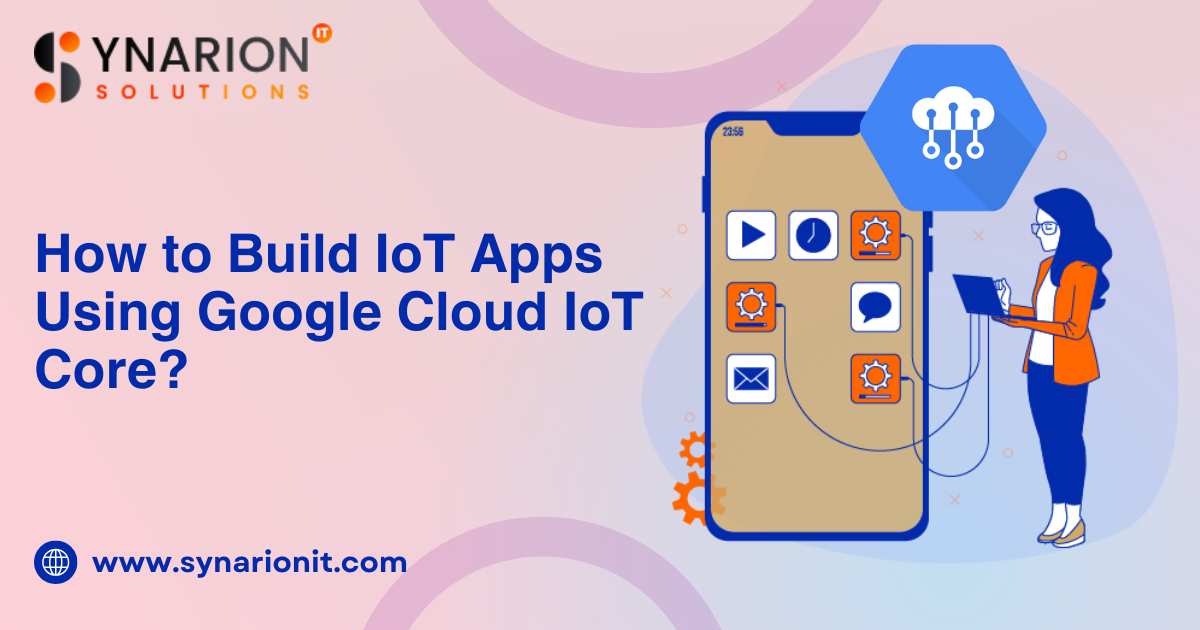


Learn how to build secure, scalable IoT apps using Google Cloud IoT Core with step-by-step guidance and expert development tips.
The Internet of Things (IoT) is reshaping industries by connecting physical devices to the cloud, enabling real-time data processing, automation, and smarter decision-making. If you’re planning to build a scalable and secure IoT solution, Google Cloud IoT Core is one of the most powerful platforms to consider. It offers the infrastructure, tools, and integrations needed to bring your IoT app idea to life.
In this guide, we’ll walk you through the process of IoT app development using Google Cloud IoT Core and explain why partnering with an experienced IoT app development company can accelerate success.
Google Cloud IoT Core is a fully managed service that enables you to securely connect, manage, and ingest data from millions of globally dispersed devices. It integrates with Google Cloud’s data analytics services, such as BigQuery, Dataflow, and Pub/Sub, allowing businesses to gain real-time insights from IoT data streams.
Key capabilities include:
These features make it an ideal backend for any IoT application — from smart homes and logistics to agriculture, healthcare, and manufacturing.
Before diving into development, clearly define the purpose of your IoT app. Ask yourself:
Whether you’re building a smart thermostat, fleet tracking app, or industrial monitoring system, defining the scope is the first step in any successful IoT app development project.
To get started:
Once registered, devices can securely send telemetry data to the cloud.
IoT Core supports MQTT and HTTP protocols for data exchange. Most devices use MQTT due to its lightweight nature and real-time capabilities.
Your devices will:
You can test these communications using IoT emulators before connecting real hardware.
Once the data reaches Pub/Sub, it can be routed to services like:
This allows you to build responsive, intelligent apps that adapt based on sensor data and user behavior.
Your frontend is what end users interact with. Depending on your target audience, you may need a:
Use REST APIs or Firebase to fetch and display IoT data from the backend. You can also integrate push notifications, charts, and interactive maps to enhance the user experience.
IoT solutions deal with sensitive data and mission-critical operations. Here are some best practices:
While building IoT apps is exciting, it involves multiple layers — hardware, cloud architecture, backend services, and UI/UX. An expert IoT app development company can simplify the process and bring your idea to life with reduced risk.
Key Benefits:
Google Cloud IoT Core is a powerful platform for anyone looking to build smart, connected applications in 2025. From real-time data streaming to cloud-based processing and machine learning integration, it provides all the building blocks for modern IoT app development.
However, the journey from idea to execution can be technically demanding. If you’re serious about building a market-ready product, consider teaming up with a trusted IoT app development company. They’ll guide you through the process, help you avoid pitfalls, and ensure your app is scalable, secure, and future-proof.
